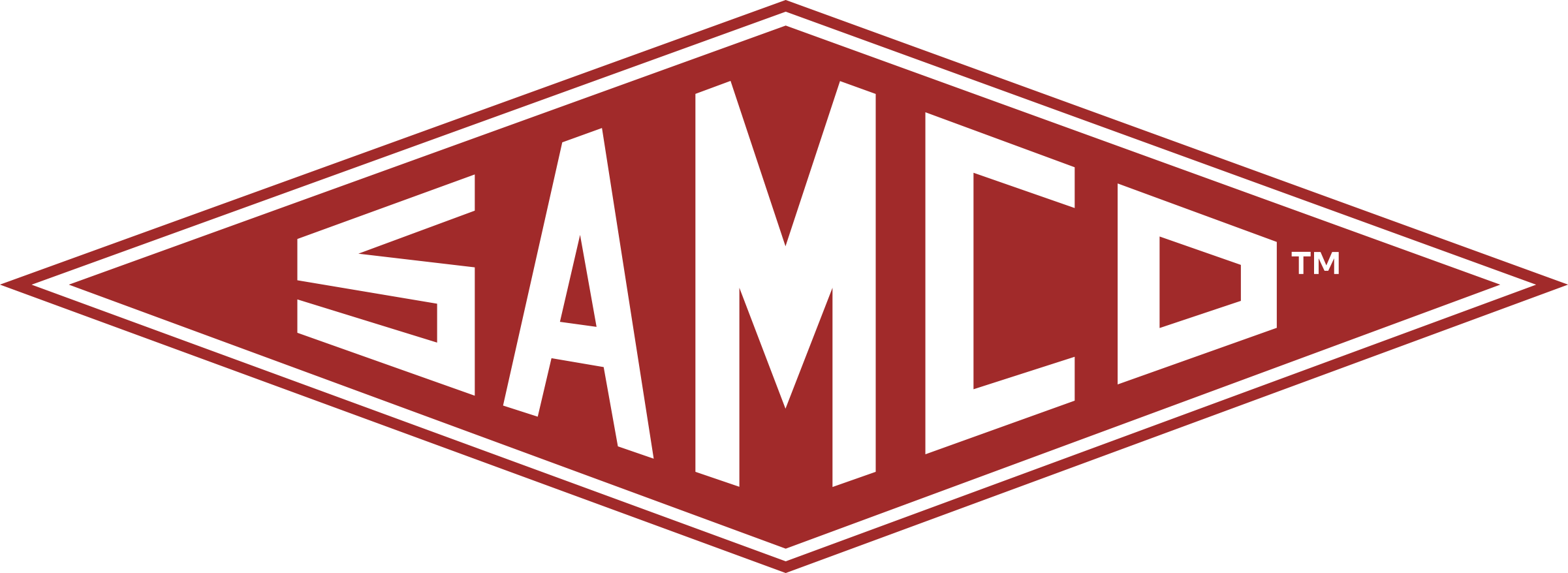
The Importance of Keeping Parts in Stock
In today’s environment, it is critical for companies to understand the importance of keeping parts in stock and knowing how to keep their operations running smoothly and efficiently. One key factor in achieving this is ensuring that critical parts are always available when needed. That’s why in this article, we’ll explore the importance of keeping critical parts in stock and how it can benefit your company.
We’ve got some experience with this as we’re a leading supplier of compressor parts and services. With over 50 years of experience, we understand the importance of having the right compressor parts available at the right time to keep our customers’ operations running smoothly.
Why Keep Parts in Stock?
Keeping compressor parts in stock is crucial for businesses that rely on equipment and machinery to operate. Here are some of the key reasons why it’s important to do so:
Reducing Downtime: When a critical part fails, it can bring operations to a halt until the part is repaired or replaced. By keeping spare parts in stock, companies can reduce downtime and minimize the impact on productivity and revenue.
Improving Efficiency: Having critical parts readily available can also improve efficiency by allowing for faster repairs and minimizing the need for time-consuming workarounds or makeshift solutions.
Minimizing Costs: Keeping critical parts in stock can also help to minimize costs associated with emergency repairs or expedited shipping fees. It can also reduce the risk of production delays and lost revenue due to downtime.
Meeting Customer Needs: Having critical parts in stock can help ensure that orders are fulfilled on time and that customer expectations are met.
Overall, keeping critical parts in stock is essential for businesses that want to maintain a competitive edge, minimize downtime, and meet the needs of their customers while also ensuring safety and compliance.
Common Challenges of Stocking Critical Parts
While keeping compressor parts in stock offers numerous benefits, it’s not without its challenges. Here are some common challenges that companies face when it comes to stocking critical parts:
Limited Storage Space: Depending on the size and complexity of the parts, storing large quantities of spare parts can be a logistical challenge. Limited storage space can make it difficult to keep a diverse range of parts in stock, which can impact operations and lead to production delays.
Difficulty Forecasting Demand: Accurately predicting demand for critical parts can be a challenge, particularly in industries where demand is influenced by factors such as seasonal trends or unexpected events. As a result, companies may overstock or understock, leading to inefficiencies and increased costs.
Cash Flow Constraints: Investing in spare parts inventory can be expensive, and cash flow constraints can limit a company’s ability to purchase and maintain an adequate stock of critical parts.
Sourcing Reliable Suppliers: Working with reliable suppliers is critical to ensuring that the right parts are available when needed. However, finding suppliers that consistently provide quality parts at a reasonable price can be a challenge.
To overcome these challenges, businesses can implement strategies such as using inventory management software to optimize inventory levels, partnering with reliable suppliers, and regularly reviewing and updating their inventory management practices.
Best Practices for Stocking Compressor Parts
To ensure that parts are always available when needed, businesses should follow these best practices for stocking and managing spare parts inventory:
Conducting Regular Inventory Audits: Regularly auditing inventory levels can help businesses identify excess or obsolete stock, as well as identify opportunities to optimize inventory levels based on demand.
Using Data Analysis to Forecast Demand: Data analysis tools can help businesses forecast demand for critical parts based on historical data, market trends, and other factors. This can help companies ensure that they have the right parts in stock at all times, without overstocking or under-stocking.
Establishing Strong Relationships with Suppliers: Building strong relationships with suppliers can help ensure that companies have access to reliable, high-quality parts at a reasonable price. This can also help businesses negotiate favorable terms and lead times.
Implementing an Effective Inventory Management System: Implementing an inventory management system can help businesses track inventory levels, monitor demand trends, and automate reordering processes. This can help optimize inventory levels, reduce stockouts, and minimize the risk of overstocking.
Conclusion
By following these best practices, businesses can ensure that they have the right parts in stock at the right time, while also optimizing inventory levels, minimizing costs, and improving efficiency. Keeping critical compressor parts in stock is essential for businesses that rely on machinery and equipment to operate.
While stocking spare parts inventory can present challenges, implementing effective inventory management practices and following best practices can help businesses overcome these challenges and maintain a competitive edge. By ensuring that critical parts are always available when needed, businesses can reduce downtime, improve efficiency, and meet the needs of their customers.
